After it was confirmed that Christian Eriksen suffered a cardiac arrest on Saturday, Karl Coppack highlights the importance of heart health…
LIKE many I was shocked and frankly upset by the images which came out of Copenhagen last Saturday.
No one expects to see a near-death experience when watching a game and, though we could have done without focusing on Sabrina Kvist Jensen’s face while her husband fought for his life in front of her, it highlighted the work of the medical team in the ground. They should be celebrated for their work that day.
The horrific incident produced an overwhelming level of support from a football community usually hell bent on abusing each other. Though we wish such a positive mood would come from somewhere else other than a man’s ill health, it was welcome to see everyone wish Christian Eriksen a recovery.
Eriksen’s case is not an isolated one, though it seems his has a happier ending. In 2003 Marc Vivien-Foe, then on loan at Manchester City, collapsed on the pitch during the semi final of the Confederations Cup between Cameroon and Colombia. There was no one around him at the time and once again medics rushed on to the pitch to help him.
He was still alive when he collapsed but died shortly afterwards. An autopsy revealed that he suffered from hypertrophic cardiomyopathy (HCM) – a thickening of the heart wall which can cause electrical issues with the heart and result in a cardiac arrest. Manchester City have since retired his number 23 shirt.
At time of writing no one knows if Christian Eriksen has HCM and we’re not going to speculate about it here, but it’s worth pointing out that heart issues often affect the athletic as well as the sedentary and screening doesn’t always find underlying problems.
I have a vested interest in all of this stuff and it’s always a good time to talk about heart health. It’s also worth remembering that two of Liverpool’s recent managers have undergone heart surgery while in charge.
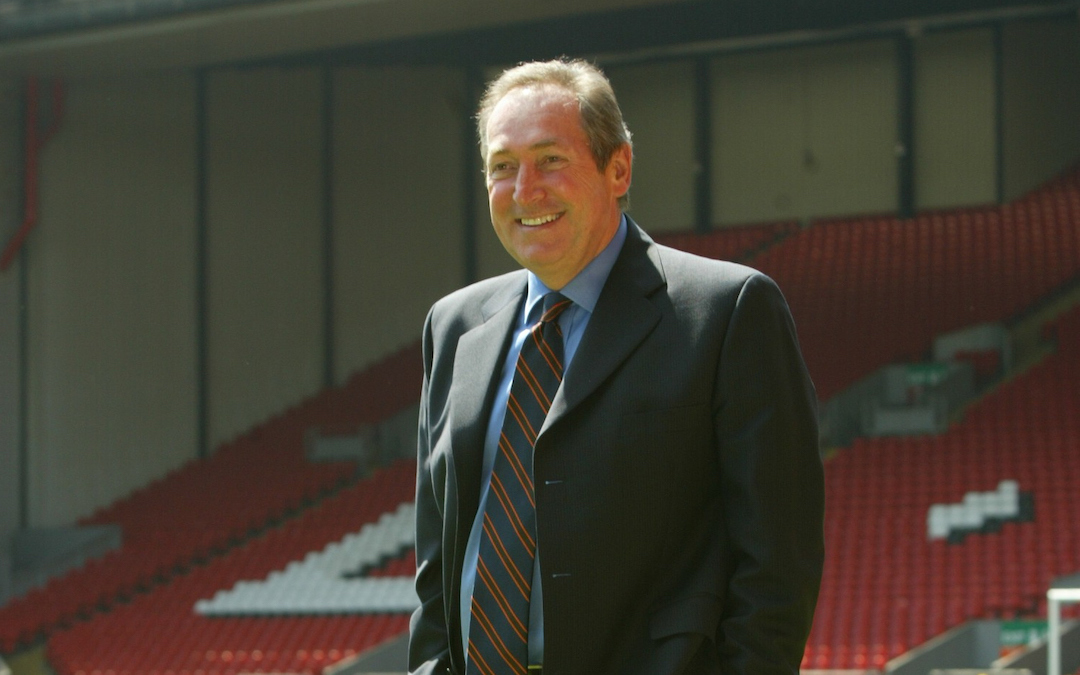
I should say this too. I’m not medically trained. I won’t pretend I am, so there’s a disclaimer for you.
However, according to LinkedIn – that baffling site which likes to make up its own language from time to time – today is my seventh anniversary working for a large cardiovascular charity. In 2018 I lost a close family member to heart disease, so this is in my head a lot. Sometimes I wish it wasn’t but here we are.
How can a footballer, an athlete, suffer heart problems? How can someone so regularly checked suffer a sudden cardiac arrest?
Firstly, we should point out the difference between a heart attack and a cardiac arrest.
Simply put, a heart attack stems from a blockage in the arteries which stops the blood pumping effectively. The patient is usually awake at this point.
A cardiac arrest is an electrical problem within the heart and results in the brain not receiving enough oxygen. It can subsequently cause a sudden loss of consciousness as in Foe’s case.
But why do some athletes experience sudden cardiac arrest when they’re at peak fitness?
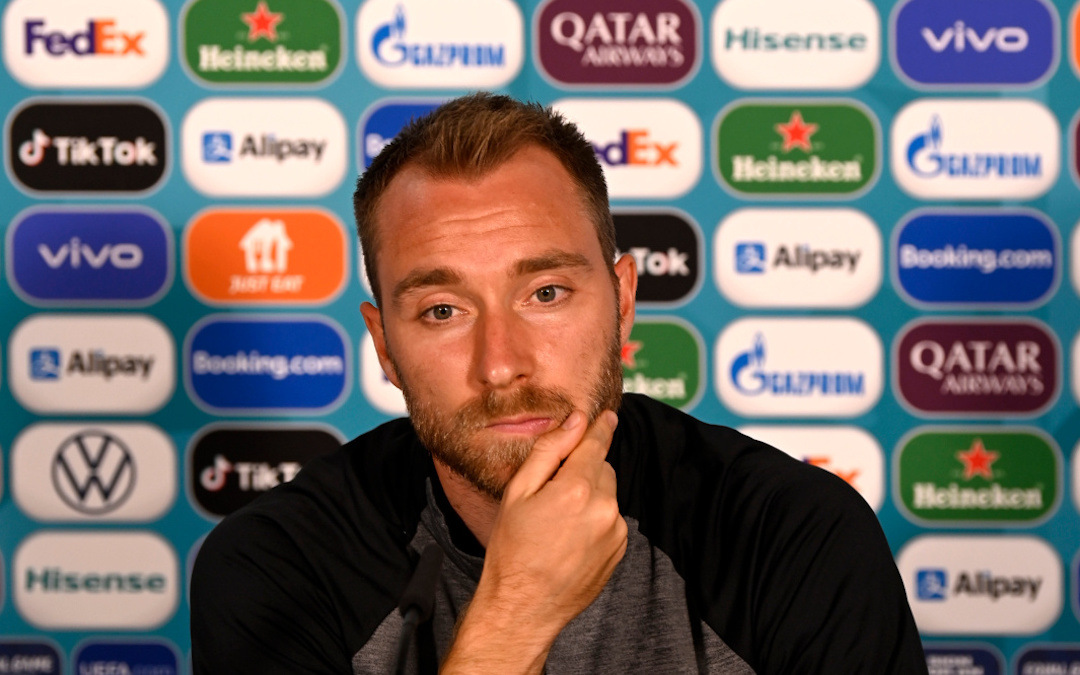
Exercise is obviously a good thing and every charity will recommend it for both physical and mental wellbeing, but it can cause problems for endurance athletes.
The heart relies on an electrical signal to work effectively and studies at the University of Manchester have shown that even short amounts of training can alter electrical activity within the heart and produce irregular rhythms.
Some endurance athletes can also experience a thickening of the heart wall – a process known as ‘hypertrophy’ – which can lead to complications.
So, is the answer to give exercise a miss altogether? No. We can still do Parkrun, though if you’re about to start an exercise routine for the first time it’s worth getting checked out by your GP first.
The key difference between us and the likes of Fabrice Muamba etc, is that their issues are exacerbated by underlying heart conditions.
But how was Muamba’s condition missed when there’s a full-time medical staff looking at his numbers?
Well, firstly, screening isn’t precise enough to always identify those at risk. That’s not to say that screenings don’t work.
Such a process helped former Newport player Fraser Franks when a test led to a diagnosis of heart issues. It ended his playing career but possibly saved his life. In 2016, Australian Chris Naumoff was set to sign for Spanish side Numancia when his medical revealed HCM. He retired on medical advice.
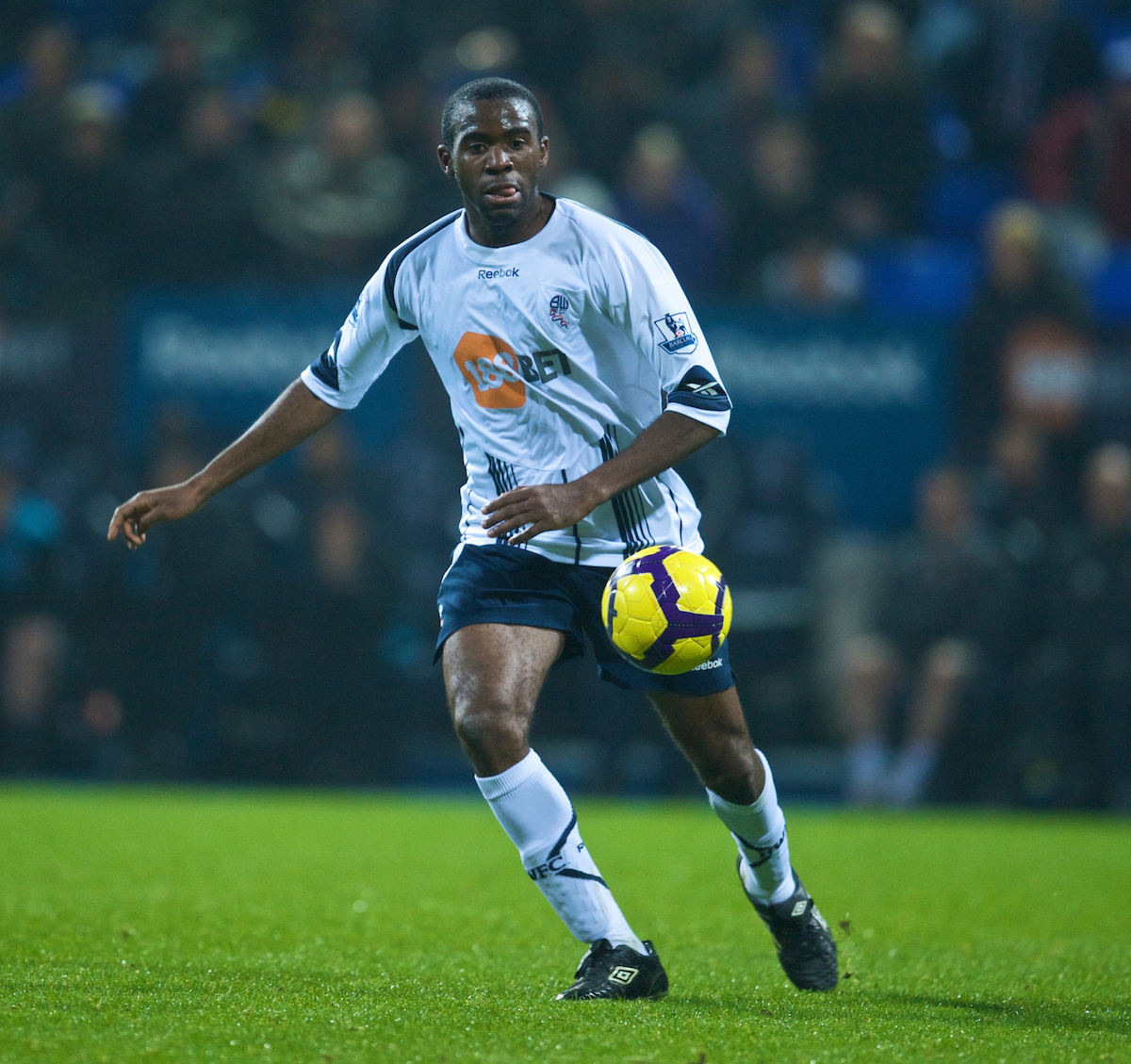
Screenings work but can occasionally lack accuracy. The British Heart Foundation want future screenings to be extended to include identification of faulty genes and irregular heart rhythms.
Christian Eriksen is a high-profile case but there are many other sudden cardiac arrests connected with football. In 2015, 47-year-old Mickey Dean scored in a veteran’s game in Australia. He complained of chest pains as the game approached half time and collapsed on the sidelines. He died in the ambulance.
Mickey was a Red and a member of the LFCNSW – the New South Wales branch of the Liverpool FC Supporters Club. His death highlighted the lack of AEDs (defibrillators) around the grounds.
That has since changed. Thanks to campaigning from families, clubs, charities and a fair amount of pressure on local governments, there is now an AED unit in almost every sports ground in New South Wales. Defibs and CPR have saved five lives in their league since the death of Mickey.
A year later ‘Heartbeat of Football’ was formed.
HoF is a not-for-profit organisation founded in 2016 by Sky Sports commentator, Andy Paschalidis and has former Everton player Tim Cahill on the team. Their aims are to promote heart health in sport via education and minimising risks. As they rightly point out on their website:
“There is a tendency to focus on health issues only after a tragedy. Heartbeat of Football would like to change this by proactively preparing as many people as possible for such an event as ever-increasing members of community see the benefits of, and enjoy taking part in, amateur sport.”
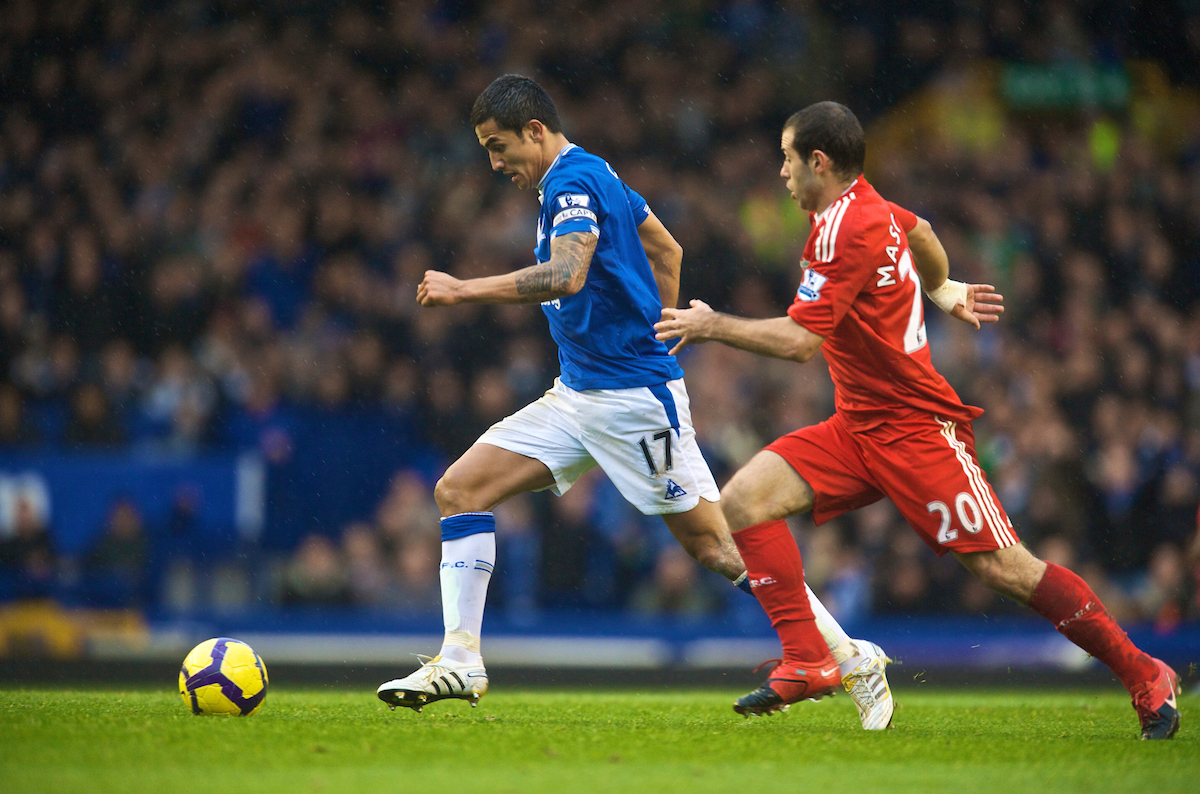
They also set up a Health Check tent which they take around football grounds. Staffed by two Victor Chang Foundation nurses, it provides free tests for both players and supporters alike of all ages. This includes blood pressure, blood sugar and cholesterol checks.
The whole process takes just six minutes. What’s more, the tests are working. Of the players examined, 30 per cent have been referred on to further tests.
Thirty per cent!
That’s 30 per cent of players who you’d assume would be heart healthy given their love of amateur sport.
I realise that I’m open to an accusation of scaremongering here but that’s not my purpose. If I were to use this space to ask one thing of you it would be to learn CPR. You can become trained in a matter of minutes and even if you’d be nervous about helping someone who’s struggling, at least you’d be doing something. You can learn about it here.
CPR, an AED, a quick acting medical team and a hell of a gang of footballers saved Christian Eriksen’s life on Saturday. Please don’t put yourself in a position where you’re faced with a horrible situation and don’t know what to do. That’s all I ask.
Wishing you a steady and full recovery, Christian.
Recent Posts:

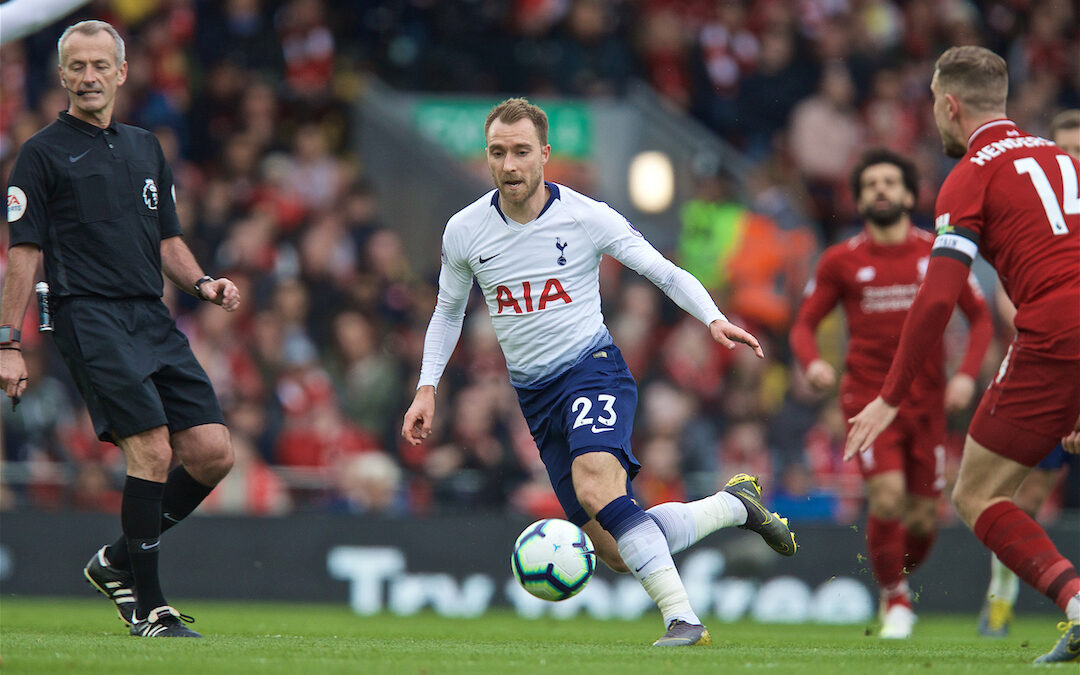










Well penned. My prayers are with Ericksen and his family, and all other humans prone to the conditions that so plague our frailty. There is no scaremongering I have read here but a timely reminder that none of us has all the answers to anything.
Such incidents as Ericksen’s situation shows all of us that humility is needed when it comes to our limitations as a species. I also wish you a healthy existence.
Love from Nairobi, Kenya, East Africa.
I wonder if and when he had his Covid jab…..I think we should be told.
Get well soon Christian.
https://www.reuters.com/lifestyle/sports/eriksens-former-cardiologist-says-he-had-no-history-heart-concerns-2021-06-13/
Life is very fragile we are riminded each time when incidents happen
Just shows how your “here” one second and not the next. The quick action of the medics was magnificent. I wish him a speedy recovery and a long and happy life with his family.
Very true. None of us have all the answers to anything & everything as far as heart health goes. To see regularly checked athletes going down in this manner is gut wrenching . Also why does it (heart health only is the focus here) happen only in football/soccer when there are other high endurance-high intensity sports such as Hockey, Badminton, Tennis, NFL, Swimming?? Something to ponder about perhaps..
We are extremely blessed to have Christian in our midst today.. stay blessed Christian!!!!